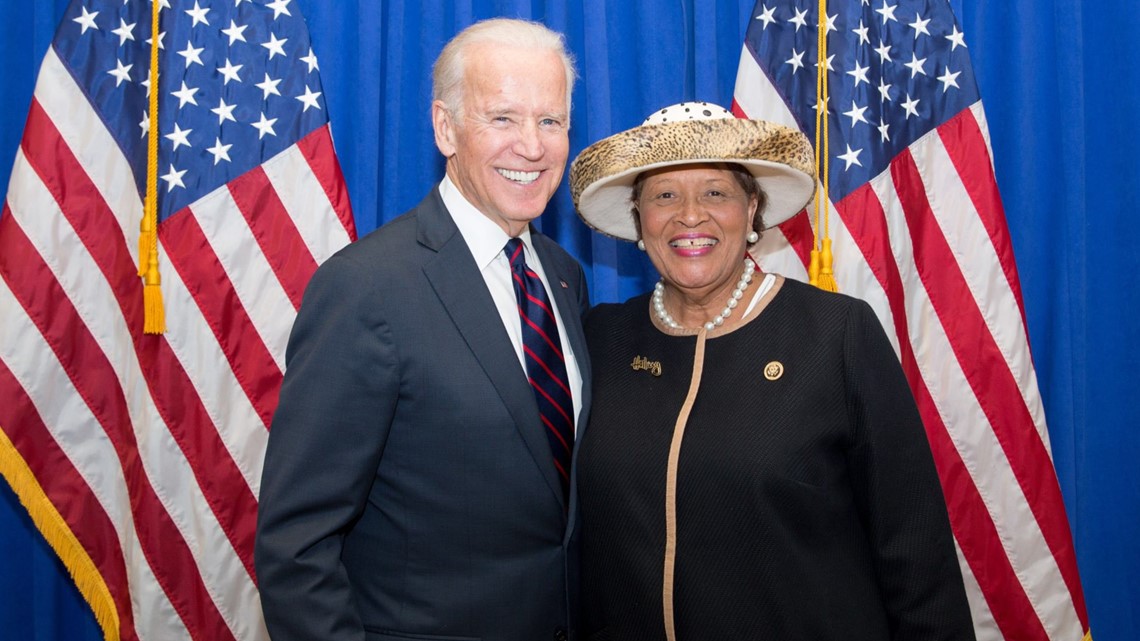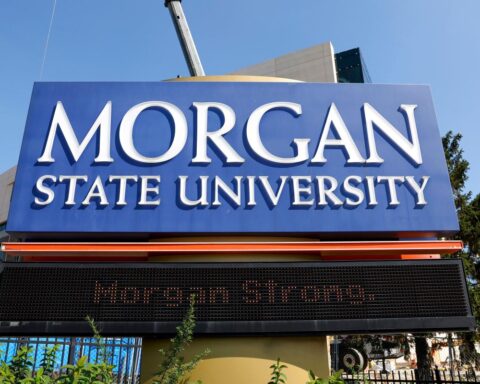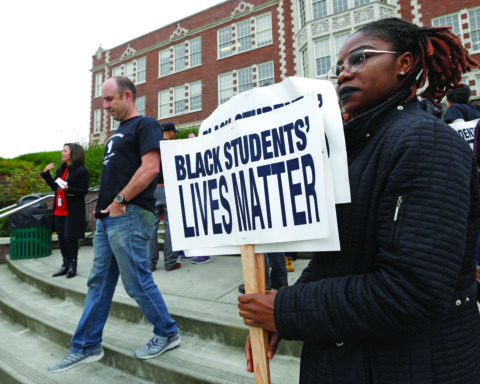As part of pandemic relief the U.S. Department of Education discharged roughly $1.6 billion of HBCU debt. Only institutions participating in the HBCU Capital Financing Program qualify. 45 HBCUs in total will be relieved: 32 private institutions, 13 public.
The HBCU Capital Finance Program has provided participants low-cost infrastructure loans since 1994. Shedding that debt is momentous, allowing HBCUs to redirect attention to student education and well-being. The latter is particularly crucial given the emotional toll Covid-19 has taken on isolated, often bereaved young people.
Efforts spanned administrations. The Coronavirus Response and Relief Supplemental Appropriations Act (CRRSAA) authorized the discharge of HBCU debt tied to the Capital Financing Program. The Biden Administration, through the American Rescue Plan and the Coronavirus Aid, Relief, and Economic Security Act (CARES), saw that relief through. In addition, the two acts will inject $5 billion into HBCUs through the Higher Education Emergency Relief Fund (HEERF) programs. HEERF funds total $21.2 billion, giving HBCUs a little over 20%. President Biden’s Secretary of Education, Miguel Cardona, sees that 20% as just and necessary.
“Our HBCUs have long been on an uneven playing field, financially, as compared to many other post-secondary institutions,” Cardona said. “This relief will further support these mission-critical institutions and help to ensure they have more resources to educate and graduate students during the unprecedented COVID-19 pandemic.”
Democratic House member Alma Adams (NC-12) introduced HBCU debt relief. Knowing how vital North Carolina’s ten HBCUs are to the state economically and culturally, she was elated to see the relief become law.
“I’m proud to announce the inclusion of the HBCU Capital Finance Debt Relief Act,” Adams said in a press release. The combination of debt relief and additional funding, she added, will allow, “these institutions to continue their mission of empowering communities of color.”







